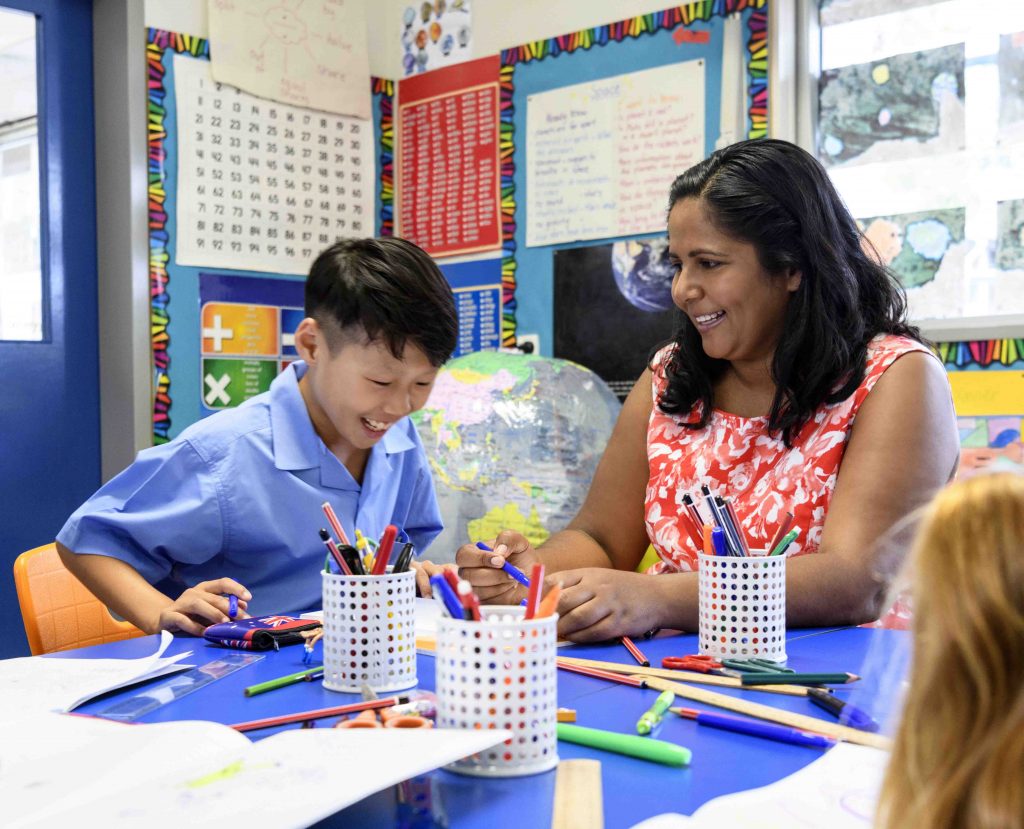
10 Tips for effective Student Support Group meetings
Student Support Groups (SSGs) are the main way to ensure your child gets the right support at school. Here are our 10 tips for effective SSG meetings:
1. Make sure the right people are at the meeting
- This should include anyone involved in making or implementing decisions about how your child is supported at school.
- Members of the SSG should include: you as your child’s parent or carer, your child’s class teacher, the school principal or their nominee. It can also include a parent advocate or support person, your child (if appropriate), and anyone else as agreed by the group.
2. Bring an advocate or support person with you
- You have the right to bring an advocate or support person with you to SSG meetings, as long as they are not being paid a fee.
- An advocate or support person can’t make decisions for you, but they can give you emotional and other support before, during and after the meeting.
3. Ask for a copy of the meeting agenda
- The person who chairs the meeting should give everyone a draft agenda a few days before the meeting and ask for any additional items for discussion.
4. Make sure minutes are taken at every meeting
- These should summarise key points of what was discussed, decisions made, actions to be taken, who is responsible for taking those actions, and when they will be done.
- Take your own notes as well so that you can check them against the minutes when they are sent to you. If your understanding of a decision is different from what is in the minutes, you can raise this with the school.
5. Share your knowledge
- You know your child best. When you share your insight and knowledge it helps the school to better understand and meet the needs of your child.
- Speak up if there is anything you think members of the group haven’t quite understood about your child’s particular needs. Teachers have a range of tools and strategies to support student learning. It can be worth explaining what works for your child, and what doesn’t.
6. Make sure your child’s Individual Education Plan (IEP) is current
- Your child’s IEP is a living document that should reflect your child’s learning goals, support needs, and the strategies and resources needed to meet them.
- It is a central part of supporting your child at school, and it should be updated as your child’s needs change.
7. Ask questions about anything you’re unsure about
- Asking questions is a good way to check your understanding and can help to make sure that everyone is on the same page.
- It also shows your interest and respect for the expertise of other members of the group.
8. Review the decisions that were made
- At the end of the meeting, review the decisions that were made, actions to be taken, who is responsible, and when these will happen.
- Ask how decisions made will be communicated to other relevant staff.
- For some things, the next discussion will be at the next meeting. But if the issue is more urgent you can agree to have an extra meeting or discussion with the teacher or principal.
- At the start of the next meeting, review the previous minutes to check on the progress made on agreed actions and any further actions that need to be taken.
9. Ask how communication will happen in between meetings
- Agree on how you can communicate in between meetings. This might be in person or by email. It’s a good idea to get any important changes or decisions in writing.
- Regular communication between school and home is important even if no major issues arise. It can also help to resolve potential problems before they become an issue.
10. Acknowledge things that are going well
- Remember to acknowledge and celebrate the progress your child is making, and the efforts of everyone involved in supporting your child at school.



